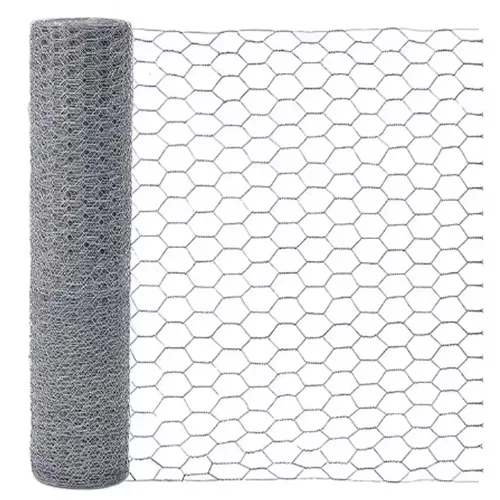-
 Phone:
Phone: -
 Email:
Email:

cardboard bale wire
The Importance of Cardboard Bale Wire in Recycling and Sustainability
In today's world, where environmental sustainability is becoming a critical concern, the efficient recycling of materials has gained prominence. One of the unsung heroes of the recycling process, particularly in the cardboard recycling industry, is cardboard bale wire. This specialized wire plays a vital role in the effective sorting, bundling, and transportation of cardboard waste, facilitating a smoother recycling process. In this article, we will delve into the significance of cardboard bale wire, its types, applications, and its contribution to a sustainable future.
What is Cardboard Bale Wire?
Cardboard bale wire is a type of wire used to tightly bind bales of cardboard and other recyclable materials. These bales are created during the sorting process in recycling facilities, where various materials are separated and compacted into manageable sizes. This bundling is essential for transporting the bulky material efficiently and economically.
The wire is typically made from either steel or plastic, depending on the specific requirements of the recycling facility. Steel wire is often favored for its strength and durability, allowing it to withstand the rigors of transportation and handling. On the other hand, plastic bale wire may be chosen for its lightweight characteristics and resistance to rust and corrosion, making it suitable for certain environmental conditions.
Types of Cardboard Bale Wire
There are primarily two types of cardboard bale wire used in recycling facilities steel wire and plastic wire.
1. Steel Wire This is the most commonly used type of cardboard bale wire due to its high tensile strength. It can hold large and heavy bales without breaking, making it ideal for commercial recycling operations. Steel wire comes in different gauges, and the choice of gauge often depends on the size and weight of the bales being compressed.
2. Plastic Wire Increasingly popular for its moisture resistance and lighter weight, plastic bale wire is often used for lighter loads. It is also safer to handle, as it poses less risk of injury compared to steel wire. However, it may not provide the same level of strength as steel wire, limiting its use in heavy-duty applications.
Each type of wire has its specific use cases, and the choice largely depends on the operational needs of the recycling facility.
Applications of Cardboard Bale Wire
cardboard bale wire

The primary application of cardboard bale wire is in the recycling of cardboard materials, including boxes, sheets, and packaging materials. The wire's role is critical in
- Baling Cardboard is first sorted and cleaned, then compressed into bales that are bound with bale wire. This step significantly reduces the volume of cardboard, making it easier and more cost-effective to transport.
- Transportation Baled cardboard, held securely with wire, can be stacked and transported in bulk. This efficient loading reduces the number of trips needed to take the material to recycling plants, minimizing environmental impact.
- Storage Properly baled and wired cardboard can be stored for extended periods without degradation. This makes it easier for recycling companies to manage their inventory and supply chain.
Contribution to Sustainability
The use of cardboard bale wire is intrinsically linked to the broader goals of recycling and sustainability. By facilitating the efficient handling and transportation of cardboard, bale wire helps to ensure that more materials are recycled rather than sent to landfills.
Recycling cardboard conserves natural resources, saves energy, and reduces greenhouse gas emissions associated with producing new cardboard from raw materials. Moreover, the use of bale wire optimizes logistics, leading to reduced carbon footprints during the transport of recycled materials.
With the increasing emphasis on eco-friendly practices in business operations, the role of materials like cardboard bale wire will likely continue to grow. As companies strive to attain sustainability targets, the efficient and effective recycling of materials will be paramount.
Conclusion
In summary, cardboard bale wire is more than just a simple binding agent; it is a crucial component in the recycling industry that aids in the efficient processing of cardboard materials. Its strength, various applications, and contribution to sustainability efforts illustrate its vital role in promoting an environmentally conscious future. As we move forward, understanding and optimizing the use of such essential tools will be key to advancing our collective recycling efforts and achieving a more sustainable planet.
-
Wire Mesh for Every Need: A Practical SolutionNewsJul.25,2025
-
Steel Fences: Durable, Secure, and Stylish OptionsNewsJul.25,2025
-
Roll Top Fencing: A Smart Solution for Safety and SecurityNewsJul.25,2025
-
Cattle Farm Fencing Solutions for Maximum SecurityNewsJul.25,2025
-
Affordable Iron Binding Wire SolutionsNewsJul.25,2025
-
Affordable Galvanized Wire SolutionsNewsJul.25,2025
-
Wire Hanger Recycling IdeasNewsJul.25,2025








